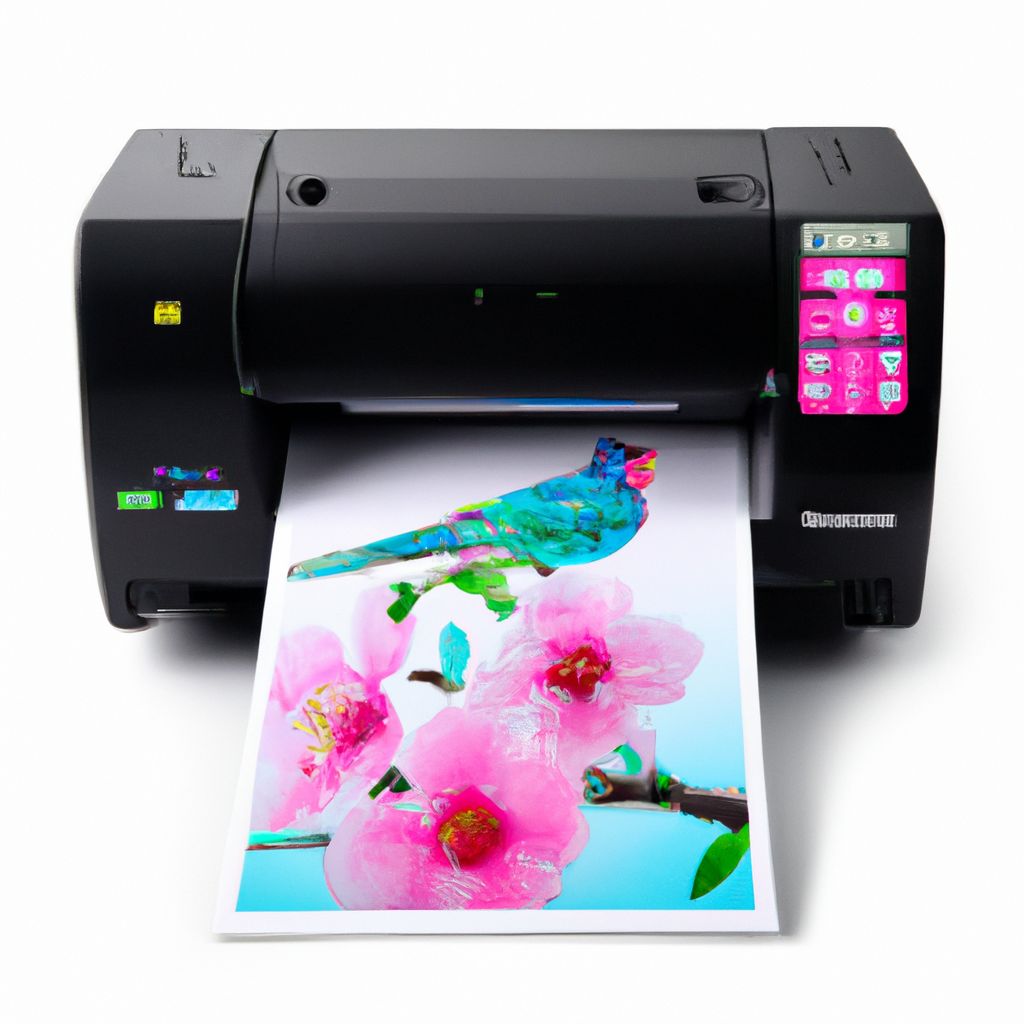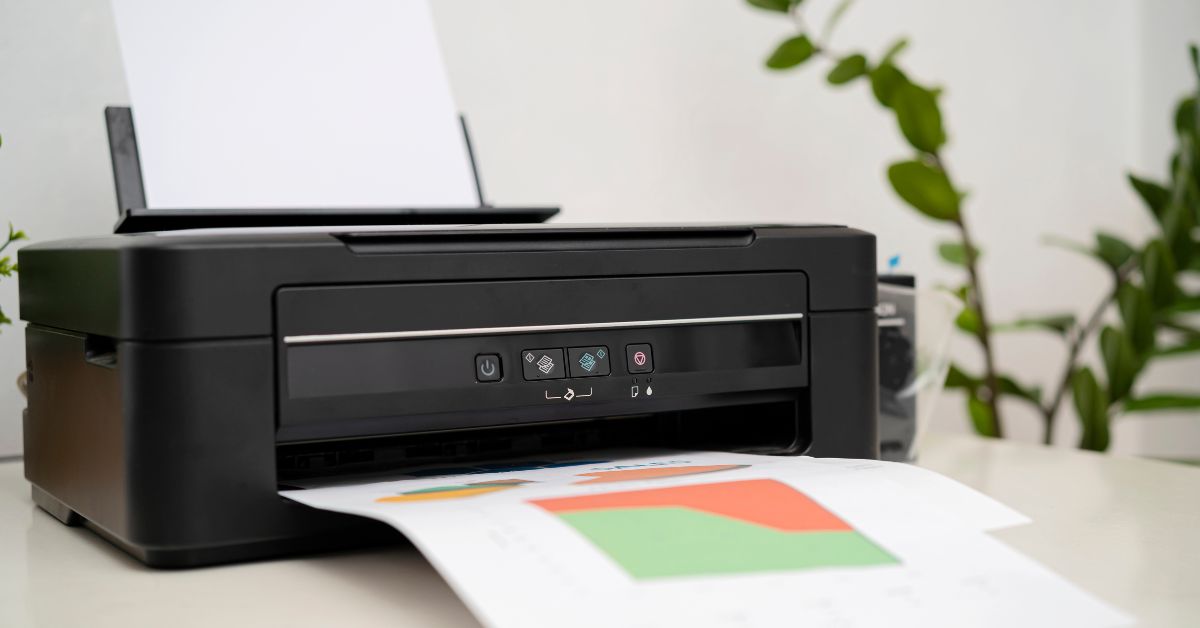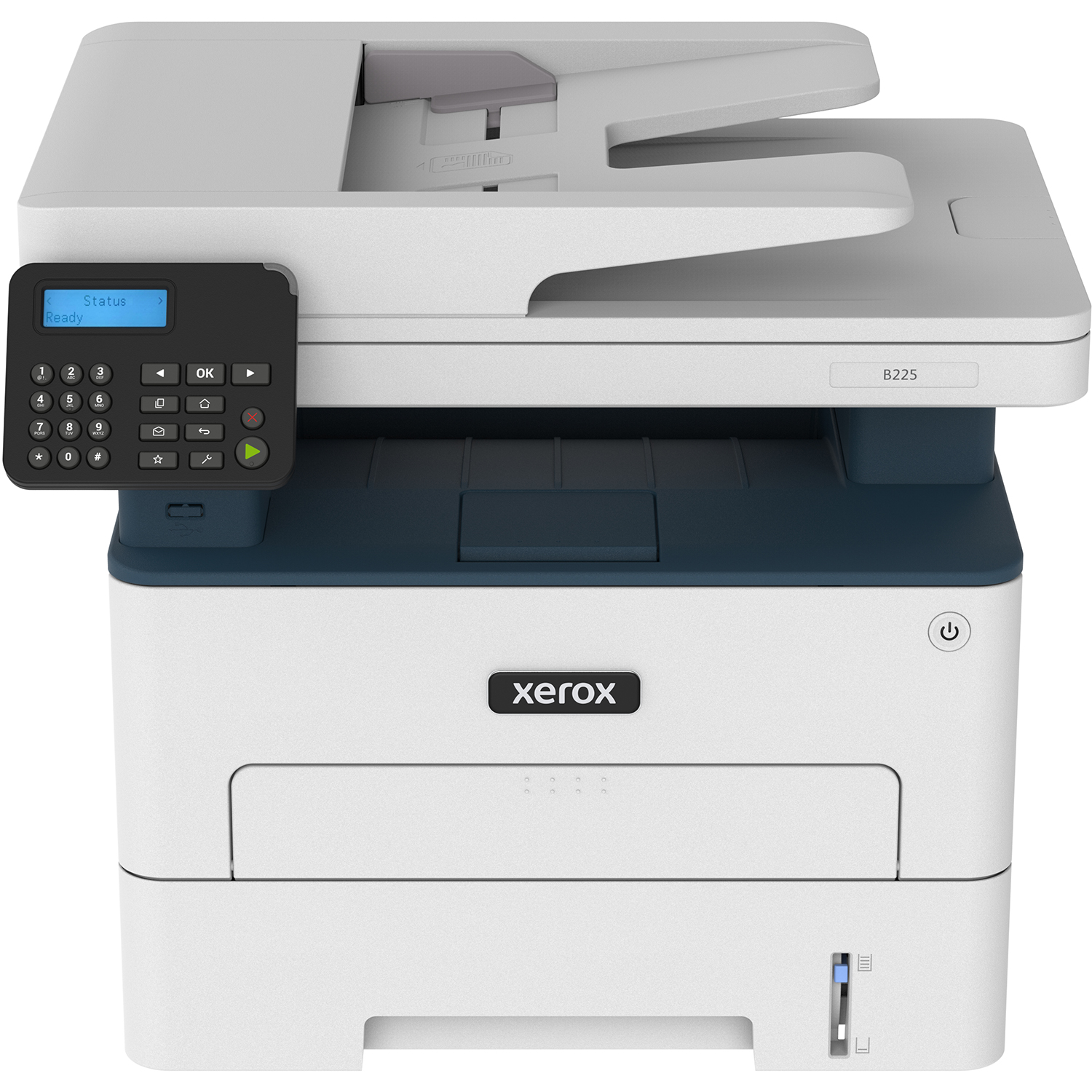Inkjet printer have revolutionized the way we produce documents, photos, and creative projects with their versatility, affordability, and high-quality output. Whether you’re a student, professional, or hobbyist, mastering the art of inkjet printing can unlock a world of possibilities for creative expression and productivity. In this comprehensive guide, we’ll explore everything you need to know about using inkjet printers effectively, from setup and maintenance to optimizing print quality and troubleshooting common issues.
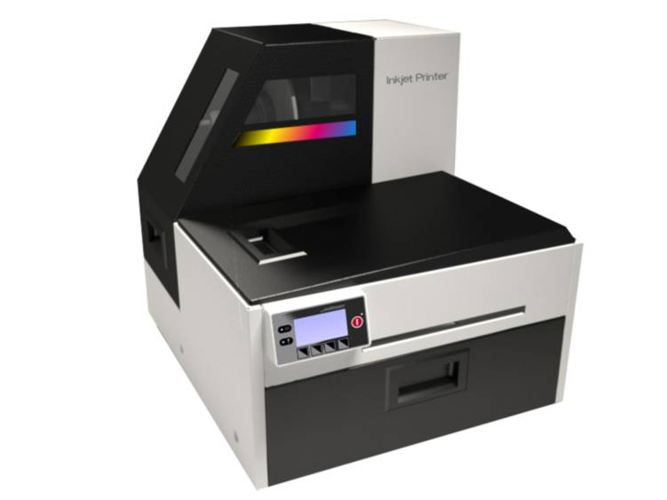
Understanding Inkjet Printing Technology
- How Inkjet Printers Work: Explore the inner workings of inkjet printers, including printheads, ink cartridges, and paper size a4 feeding mechanisms. Understand the difference between dye-based and pigment-based inks and their respective advantages for different types of printing tasks.
- Types of Inkjet Printers: Learn about the various types of inkjet printers available, including single-function and multifunction (all-in-one) models, as well as specialized printers for photo printing, wide-format printing, and professional graphics.
Setting Up Your Inkjet Printer
- Unboxing and Assembly: Follow step-by-step instructions for unboxing your inkjet printer, assembling any removable parts, and connecting it to power and your computer or mobile device.
- Installing Ink Cartridges: Learn how to properly install ink cartridges in your inkjet printer, including aligning printheads and performing initial ink charging or priming to ensure optimal print quality.
Printing Basics and Best Practices
- Selecting Paper Types: Understand the importance of choosing the right type of paper for your printing needs, whether it’s standard copy paper for documents, glossy photo paper for images, or specialty paper for creative projects.
- Adjusting Print Settings: Explore the various print settings available in your printer driver or software, including paper size, print quality, color management, and borderless printing. Experiment with different settings to achieve the desired results for your specific project.
Optimizing Print Quality
- Calibrating Your Printer: Learn how to calibrate your inkjet printer for accurate color reproduction and consistent output. Use built-in calibration tools or third-party software to create custom color profiles based on your printer, ink, and paper combination.
- Performing Maintenance Tasks: Keep your inkjet printer in top condition by performing regular maintenance tasks such as printhead cleaning, alignment, and nozzle checks. Follow manufacturer recommendations for maintenance intervals and procedures to prevent clogs and other issues.
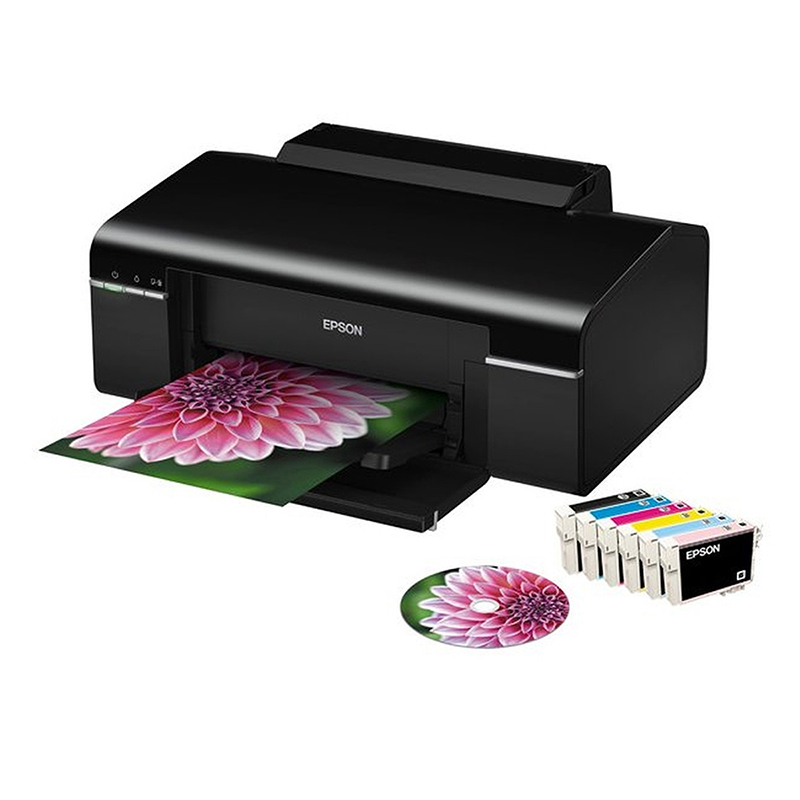
Troubleshooting Common Printing Problems
- Dealing with Print Quality Issues: Troubleshoot common print quality problems such as streaks, smudges, banding, and color inaccuracies. Identify potential causes such as clogged printheads, low ink levels, or incorrect print settings, and take appropriate corrective actions.
- Addressing Connectivity Issues: Resolve connectivity problems between your printer and computer or mobile device, including issues with wireless network connections, USB cables, and driver compatibility. Update firmware and software drivers as needed to ensure compatibility and stability.
Advantages of inkjet printer
Inkjet printing technology has become increasingly popular in both home and office environments, offering a range of benefits that cater to various printing needs. From vibrant photo prints to crisp text documents, inkjet printers excel in versatility, affordability, and quality.
High-Quality Output
- Vibrant Color Reproduction: One of the standout features of inkjet printing is its ability to produce vibrant, true-to-life colors. With advanced ink formulations and precise droplet placement, inkjet printers can accurately reproduce the subtle nuances of color, making them ideal for printing photos, graphics, and artwork.
- Sharp Text and Graphics: In addition to stunning color output, inkjet printers also excel in producing sharp text and graphics. Whether you’re printing documents, presentations, or marketing materials, inkjet technology ensures crisp, legible text and intricate details in graphics
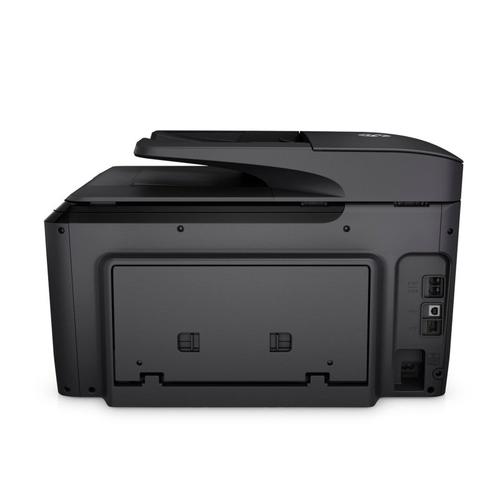
Versatility and Flexibility
- Wide Range of Media Compatibility: Inkjet printers are compatible with a wide range of media types, including various paper sizes, weights, and finishes. From standard copy paper to glossy photo paper, canvas, and specialty materials, inkjet printers can handle diverse printing tasks with ease.
- Borderless Printing: Many inkjet printers offer borderless printing capabilities, allowing you to create professional-quality prints without white borders. Whether you’re printing photos, flyers, or brochures, borderless printing enhances the visual impact of your documents and eliminates the need for trimming.
Cost-Effectiveness
- Affordable Initial Investment: Inkjet printers are often more affordable than their laser counterparts, making them an attractive option for budget-conscious users. With a range of models available at various price points, you can find an inkjet printer that meets your needs without breaking the bank.
- Low Maintenance Costs: Unlike laser printers that require toner cartridges and complex imaging components, inkjet printers have relatively low maintenance costs. Ink cartridges are typically more affordable than toner cartridges, and many inkjet printers feature individual color tanks, allowing you to replace only the colors you need.
User-Friendly Features
- Easy Setup and Operation: Inkjet printers are designed with user-friendly features that make setup and operation a breeze. With intuitive control panels, touchscreen interfaces, and wireless connectivity options, you can easily configure your printer and start printing in minutes.
- Quiet Operation: Compared to laser printers, which can be noisy during operation, inkjet printers operate quietly, making them suitable for home offices, classrooms, and other environments where noise levels are a concern. Enjoy productive printing without disturbing your surroundings.
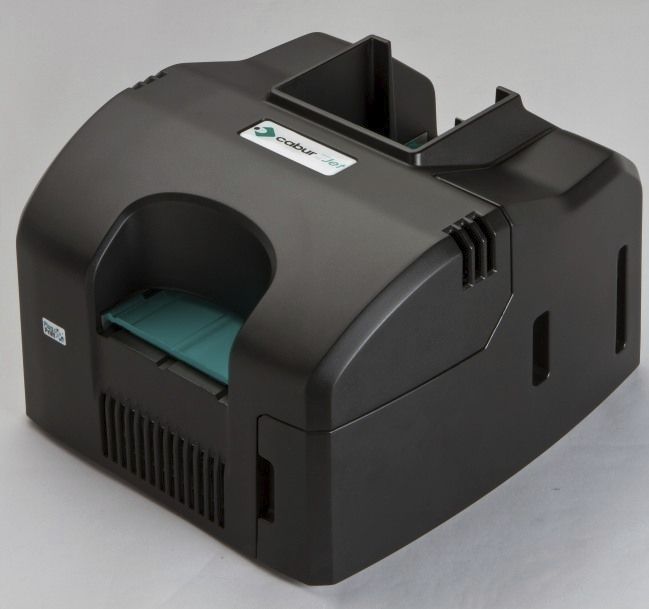
Eco-Friendly Printing
- Energy Efficiency: Inkjet printers are generally more energy-efficient than laser printers, consuming less power during operation and standby modes. Choose ENERGY STAR certified models to further reduce energy consumption and minimize your environmental footprint.
- Reduced Waste: Inkjet printing produces less waste than laser printing, as there are no consumable imaging drums or fuser units to replace. Additionally, many inkjet printers support duplex printing and ink-saving modes, helping you conserve resources and reduce paper and ink consumption.
Inkjet printing technology offers a host of advantages that cater to the diverse needs of users in both personal and professional settings. From high-quality output and versatility to cost-effectiveness and user-friendly features, inkjet printers continue to be a popular choice for individuals and businesses alike.
Conclusion: Mastering Your Inkjet Printing Journey
In conclusion, inkjet printers offer a versatile and accessible solution for a wide range of printing needs, from everyday documents to high-quality photos and creative projects. By understanding the technology behind inkjet printing, mastering setup and maintenance procedures, and implementing best practices for print quality and troubleshooting, you can unleash the full potential of your inkjet printer and achieve professional results with confidence. So dive into the world of inkjet printing, experiment with different techniques and materials, and let your creativity soar with every printout.






